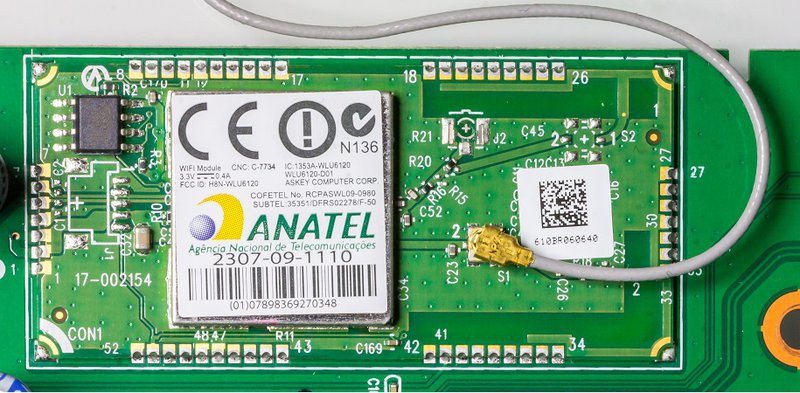Are you preparing a product for sale in the European Union? In this blog post, we take a look at one of the most important product markings, the CE marking.
What is the CE marking?
The CE marking has existed since 1985 and until the adoption of Directive 93/68/EEC was usually referred to as the "CE mark". With this marking, companies declare that products they want to sell in the European Union comply with all EU harmonization directives. These primarily concern product safety. The meaning of the letters "CE" is not officially defined. They are often interpreted as an acronym for "Communautés Européenes" (French for "European Communities"), or "Conformité Européenne" (French for "European Conformity")
Which products need a CE marking?
Which products need to be CE marked before they can be marketed is regulated in various EU directives and the resulting national legislation. These include a large proportion of electronic devices, medical devices and toys. Before a company places a product on the market in the EU, it must therefore first examine these legal standards in detail. If any questions arise in the process, various regulatory authorities in the various EU member states are available for advice.
Who carries out CE marking?
The company which introduces a new product in the EU is also responsible for putting the CE marking on it. The company itself can also carry out the testing to verify whether it meets the requirements of the relevant directives. This also includes the compilation of all necessary documentation as proof of conformity, which may be required depending on the directive. Important examples are the directives 2014/30/EU (EMC directive), 2014/35/EU (low voltage directive) and 2014/53/EU (radio directive). Since both the clarification of the directives to be taken into account and the testing and documentation are usually very complex and costly, these services often cannot be done in-house. In these cases, getting help from specialist service providers such as consulting firms or testing laboratories that have the necessary equipment and expertise is a good idea. If the directive states that a so-called Notified Body must be involved in the conformity assessment, it is in turn mandatory to have the product tested by a suitable accredited testing facility. We will go into the individual steps of a conformity assessment test in more detail in future blog posts.
How do I find a test laboratory for CE marking?
In Germany, Notified Bodies for CE conformity assessment are accredited by the German Accreditation Body (DAkkS). Regardless of whether your product requires the involvement of a Notified Body or whether you simply want to delegate the testing to an expert testing laboratory: The easiest way to quickly find the partner you are looking for is usually a free enquiry on the test laboratory marketplace testxchange. Here you briefly describe the service you are looking for using a simple online form. You will then receive various suitable test equipment with corresponding offers, so that you can compare and select the most suitable one.
